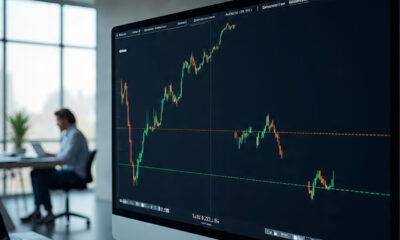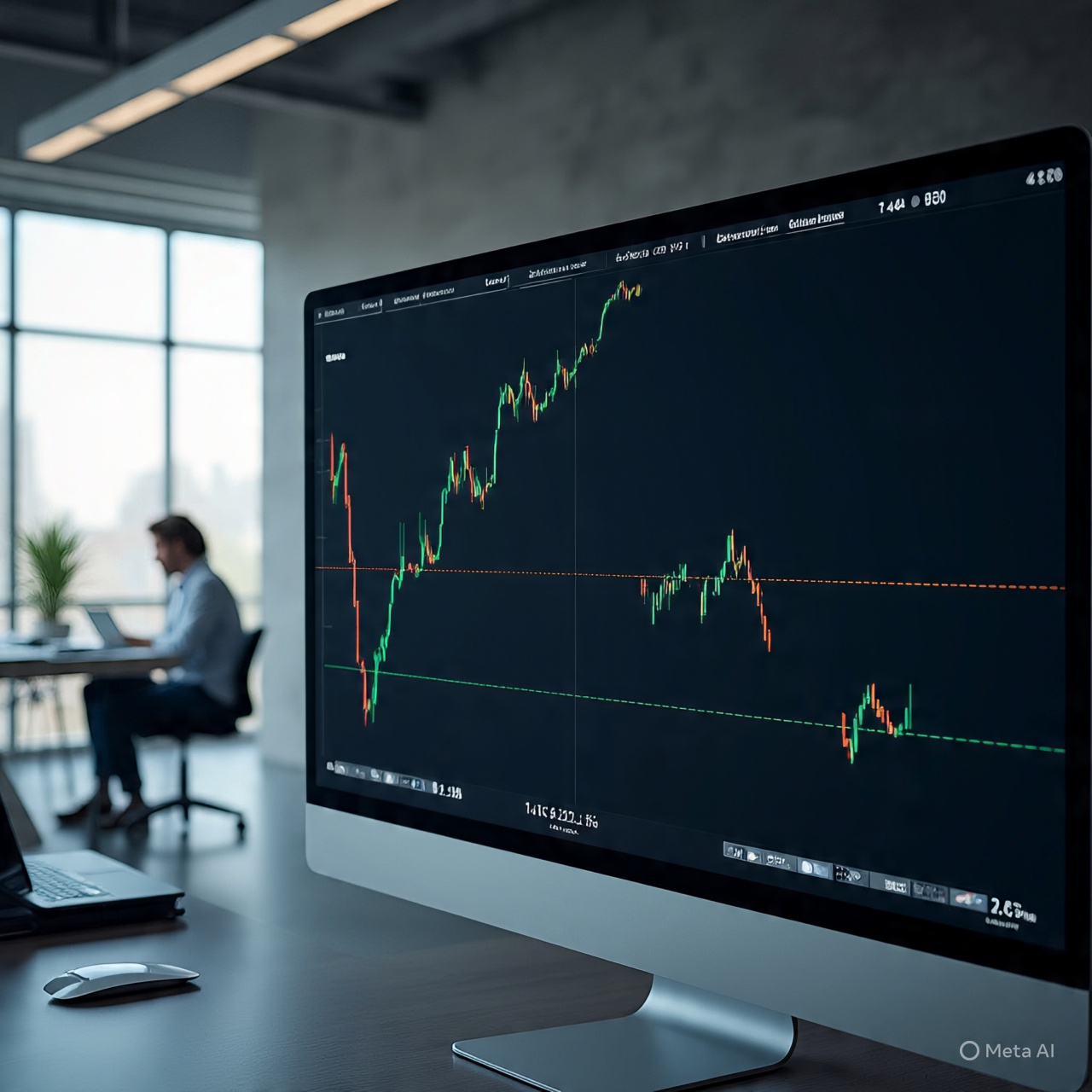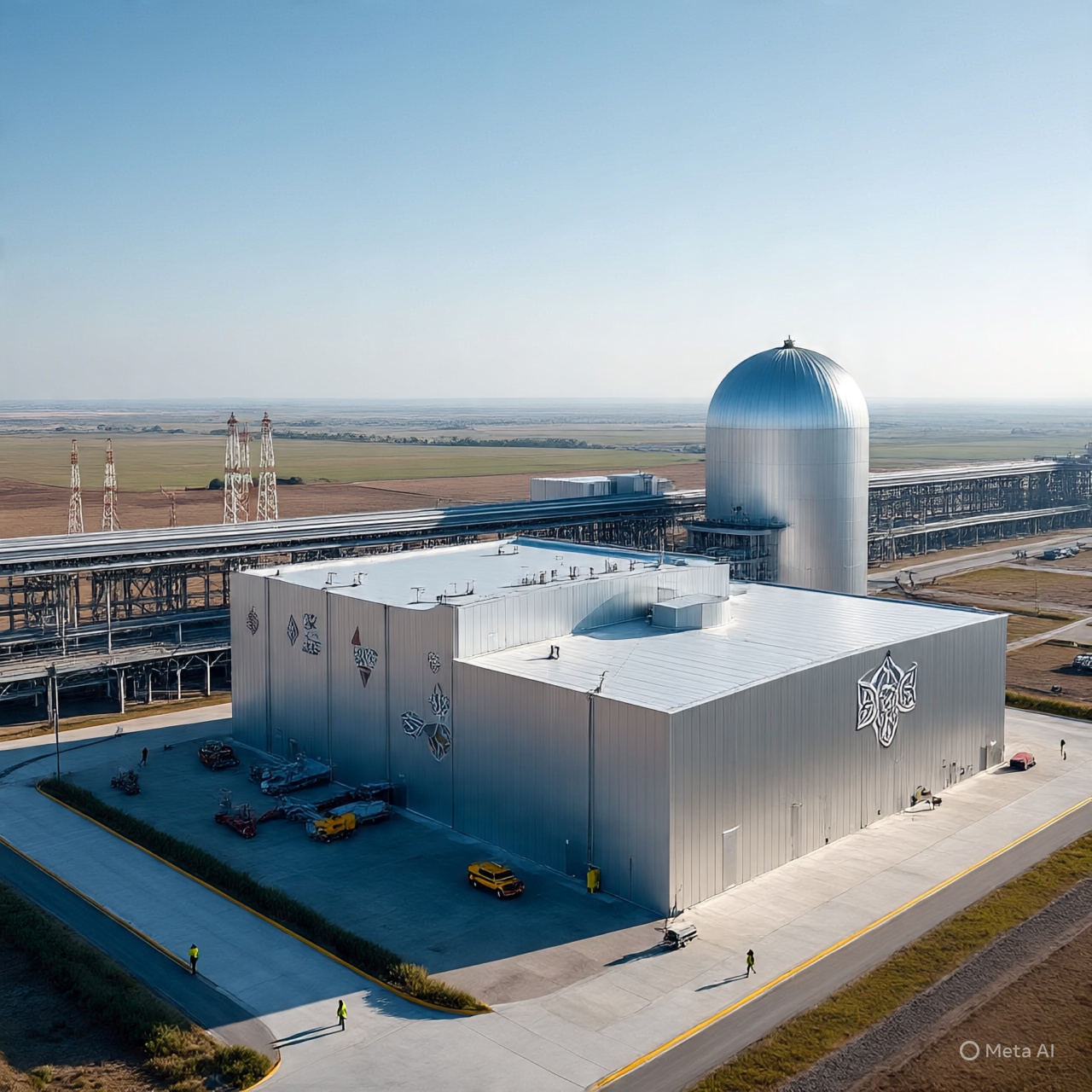TSMC's Blockbuster Quarter
TSMC posted net income of NT$289.8 billion (approximately $9.4 billion), with revenue climbing to NT$825.1 billion ($26.8 billion), up 40% year-over-year. That explosive growth reflects unprecedented demand from artificial intelligence companies and cloud giants building data center infrastructure.
CEO C.C. Wei stated: “Recent developments in the AI market continue to be very positive. Increasing adoption of AI models by consumers has led to more demand for compute, and by extension, semiconductor products.”
Wei’s confidence matters because TSMC manufactures chips for every major AI model – from OpenAI’s ChatGPT to Google’s Gemini to Microsoft’s Copilot. These companies depend entirely on TSMC’s advanced manufacturing capacity.
Raising Guidance Signals Acceleration
Most importantly, TSMC raised full-year 2025 revenue guidance to mid-30% growth from previous guidance of 25-30%. This upward revision signals that demand is accelerating rather than moderating as we approach year-end.
That mid-30% growth rate projects to roughly $81-84 billion in total 2025 revenue, compared to $75 billion in 2024. The incremental growth entirely reflects AI-driven semiconductor demand that barely existed two years ago.
Management also reiterated plans to invest $42 billion in capital expenditures by year-end, demonstrating enormous commitment to building manufacturing capacity to meet booming demand.
These forward-looking statements provide reassurance that AI remains in early innings despite recent market turbulence. If demand was slowing, TSMC would likely cut guidance rather than raise it.
Impact on Nvidia and AI Stocks
TSMC’s strength provides direct support for Nvidia because the chip designer relies entirely on TSMC to manufacture its GPUs at the most cutting-edge processes. Demand for TSMC manufacturing capacity directly translates to Nvidia revenue.
Nvidia shares surged 3%+ in premarket trading after TSMC’s results. Bank of America reiterated a buy rating on Nvidia, citing the strong guidance as validation that AI infrastructure spending will continue accelerating through 2026.
This analyst coverage matters because it suggests conviction in the AI mega-trend remains intact despite recent volatility. When sophisticated investment firms maintain bullish stances after sector declines, they view weakness as opportunity rather than bear market beginning.
AI Infrastructure Buildout Continues
TSMC’s results confirm that the world’s largest technology companies continue spending hundreds of billions on AI infrastructure. OpenAI, Google, Microsoft, Amazon, and Meta are locked in competitive arms races to build AI capabilities.
This competition creates insatiable demand for advanced semiconductors. TSMC can’t manufacture enough capacity to meet all requests, allowing the company to raise prices and operate at extremely high margins.
The question for investors is whether this demand can persist indefinitely or eventually saturate the market. TSMC’s guidance suggests saturation isn’t imminent – demand is still accelerating rather than decelerating.
China Headwind Acknowledged
TSMC warned that business in China will be “significantly lower” than prior periods due to export restrictions and geopolitical tensions. This represents the first concrete impact from Trump’s tariff threats and U.S. export controls on chip manufacturing.
However, the company’s overall confidence suggests lost China revenue will be more than offset by greater demand from non-China customers racing to build AI capability. TSMC shares rose 3.8% on earnings, indicating investors are comfortable with this China headwind as long as overall growth remains strong.
Nasdaq Bounces Back
TSMC’s results provided the catalyst the Nasdaq needed to recover from recent weakness. The tech-heavy index was up 0.7% on October 16, driven by surges in semiconductor and AI-related stocks.
After the Nasdaq plunged 3.56% on October 10 and fell another 0.72% on October 15, the index desperately needed positive news to shift sentiment. TSMC’s earnings provided exactly that – proof the AI boom remains intact.
The S&P 500 gained 0.33% to 6,693, reflecting growing recognition that earnings strength can overcome macro headwinds.
The Bottom Line
TSMC crushed Q3 earnings with 39.1% profit growth while raising full-year 2025 guidance to mid-30% revenue growth. The strong results reignited confidence in the AI mega-theme and proved that corporate fundamentals remain robust despite trade war concerns.
For investors who sold after last week’s tariff crash, TSMC’s results demonstrate why panic selling during volatility typically proves expensive. The economic fundamentals supporting the AI boom remain intact despite political drama.
As long as companies keep beating estimates and raising guidance, markets have room to continue climbing. Taiwan’s semiconductor champion has provided the reassurance markets needed to restore confidence in technology stocks and the AI investment thesis.
⚠️ Disclaimer


 Dividend Stocks2 months ago
Dividend Stocks2 months ago
 Trending news2 months ago
Trending news2 months ago
 ASX Stocks2 months ago
ASX Stocks2 months ago
 ASX Stocks2 months ago
ASX Stocks2 months ago
 Trending news2 months ago
Trending news2 months ago
 ASX Stocks2 months ago
ASX Stocks2 months ago
 Dividend Stocks2 months ago
Dividend Stocks2 months ago
 Trending news2 months ago
Trending news2 months ago




